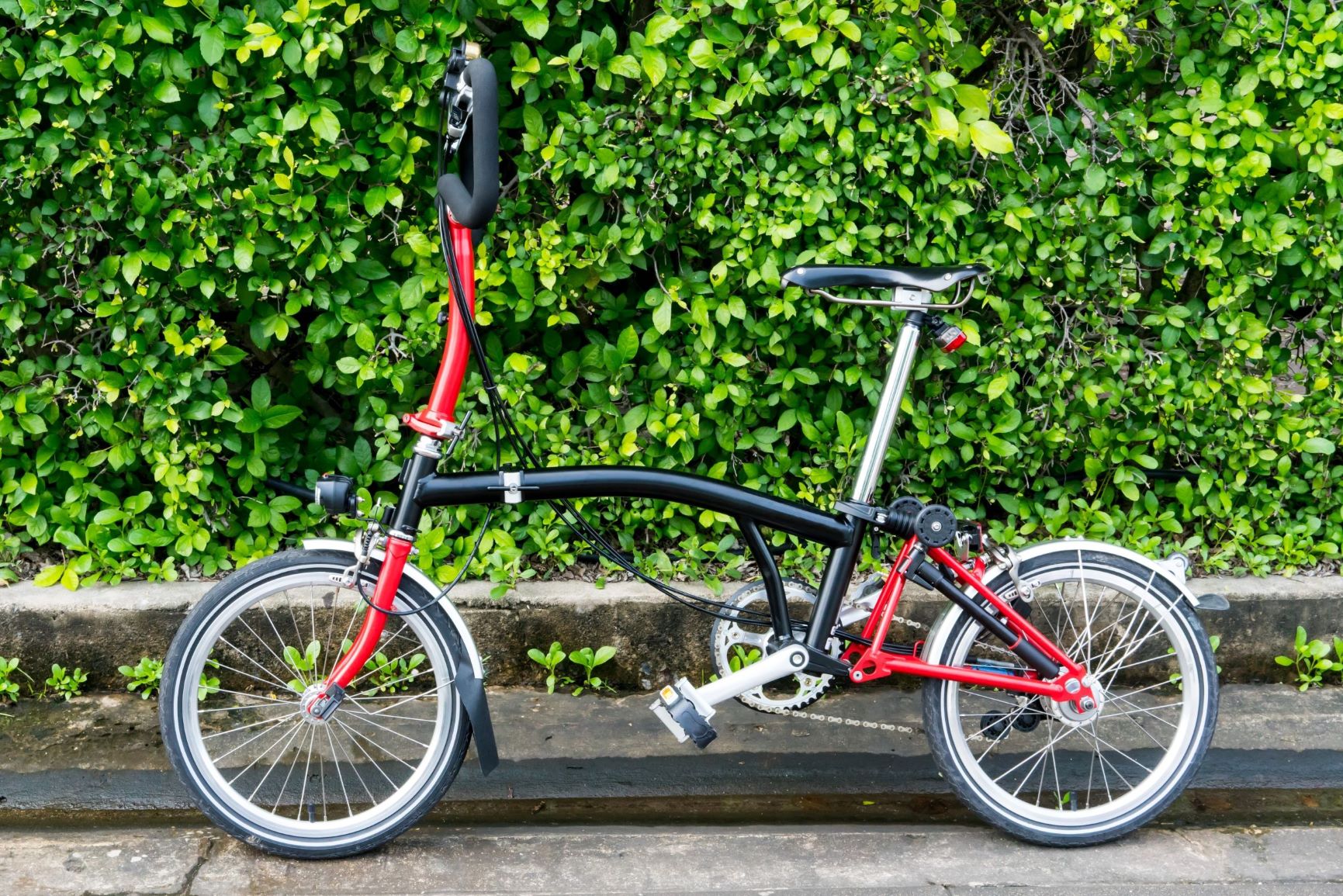
In the past year or so there have been some interesting and significant developments in copyright law from the Court of Justice of the European Union (CJEU). Brompton Bicycle Ltd v Chedech / Get2Get is the latest in this series of developments.
Now I know what you’re thinking “but what about Brexit? EU copyright law doesn’t apply to me anymore…does it?”. Well, until the transition period comes to an end on 31 December 2020 EU law remains applicable in the UK, so the Brompton Bicycle decision is still important. Admittedly, it is not yet clear whether the recent developments in copyright law will continue to apply to the UK post-2020 (especially given that these decisions seem to go against the current position under British copyright law). Nonetheless, all those UK businesses that the continue to trade with the EU are affected by this decision.
The Basics
Okay, now that we know this decision applies to the UK, what exactly is the significance of this case?
In essence, it allows the design of products to obtain copyright protection (in contrast with UK law) and seemingly lowers the threshold required for copyright protection more generally. This ruling is in line with the CJEU’s Cofemel judgment in 2019 which confirmed that the only test which is relevant in determining whether a product can enjoy copyright protection is: whether the item in question is “original”.
Technical Function vs Originality
Following the expiration of Brompton’s patent for their folding bicycle, a Korean company, Get2Get, began marketing similar folding bikes in Belgium and Brompton sued them for copyright infringement.
The case therefore revolves around whether the shape of the Brompton Bicycle, which allows the bike to be folded up in three positions (folded, unfolded and stand-by), can be copyrighted. This is an important question as historically copyright law in numerous jurisdictions does not allow a designs which are “solely dictated by technical function” to enjoy the benefit of protection. The rationale for this is twofold:
- It will allow a business to have a monopoly over a shape which is necessary to obtain a particular technical result.
- Technical solutions can be protected by a patent.
Judges in the UK have been very hesitant to extend copyright protection to designs for these exact reasons. For instance the UK Supreme Court found in Lucasfilm v Ainsworth that the design of a Stormtrooper’s helmet does not qualify for copyright protection as it was functional in portraying a film character.
However, the CJEU decided in Brompton Bicycle that copyright protection can be available to a product’s design even where its shape is necessary to obtain some kind of technical result, so long as the product’s design is original. The definition of ‘original’ under EU law is that the subject matter must reflect the personality of the author as an expression of their free and creative choices.
Therefore, if a design is dictated by technical considerations but there is some scope for the author to reflect their personality in the design, it can be copyrighted. However, where a design is entirely dictated by technical factors, so that there is no room for creative freedom, it cannot be original and it cannot be copyrighted.
So how does the court decide whether a shape is strictly necessary to achieve a technical result or whether there is scope for creative freedom? Well, interestingly, the CJEU held that the existence of other shapes that could achieve the same result, the intention of the designer and the existence of other intellectual property rights in relation to the product are not decisive when evaluating whether a design is original.
Conclusion
The decision is good news for designers and creative businesses as it facilitates more opportunities for copyright protection. This line of case law has appears to the threshold for copyright protection; seemingly relatively small creative choices are sufficient to obtain copyright protection. It seems that the only important factor in determining copyright is originality.
The CJEU have reached an interesting conclusion which certainly creates a dichotomy between EU law and what is thought to be the position in the individual jurisdictions of numerous member states, including the UK. It will be particularly interesting to see how Blighty elects to reconcile this decision with its own copyright laws moving forward.